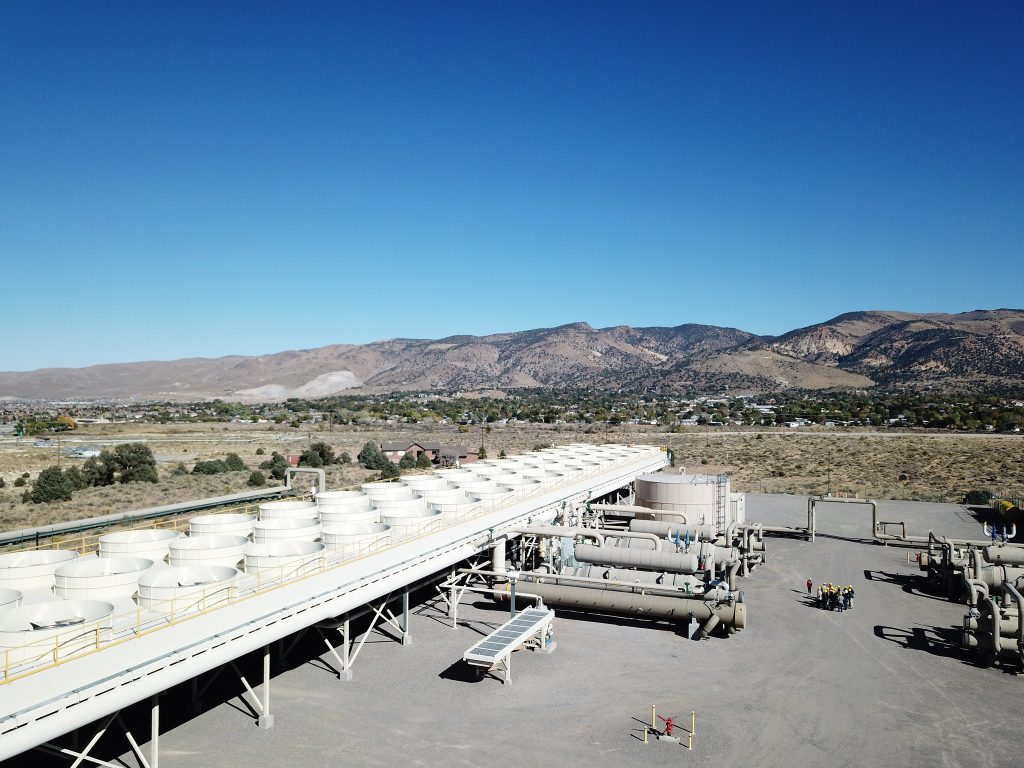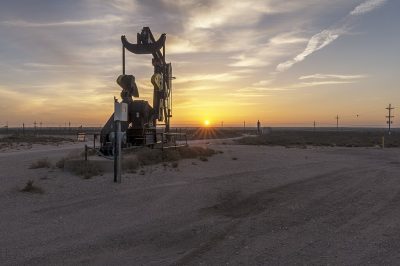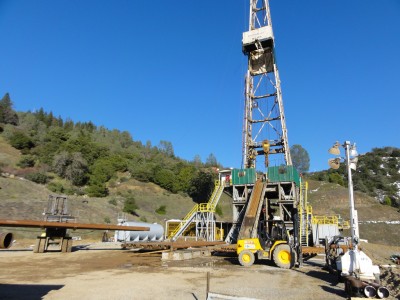Geothermal to benefit from emergency permitting procedures in the US
The US Department of Interior will be implementing emergency permitting procedures for geothermal and other energy and critical mineral sectors.
Following US President Trump’s declaration of an Energy Emergency Policy, the US Department of Interior will be implementing emergency permitting procedures to accelerate the development of domestic energy resources and critical minerals. Just as with the declaration of an Energy Emergency, geothermal is one of the energy sectors that stands to benefit from this new implementation.
The new measures are designed to expedite the review and approval, if appropriate, of projects related to the identification, leasing, siting, production, transportation, refining, or generation of energy within the US. The new permitting procedures will take a multi-year process down to just 28 days at most.
The procedures apply to actions relating to a wide range of energy sources, including:
- Crude oil
- Natural gas
- Lease condensates
- Natural gas liquids
- Refined petroleum products
- Uranium
- Coal
- Biofuels
- Geothermal energy
- Kinetic hydropower
- Critical minerals
A slow and complex permitting process has often been cited as one of the hurdles for faster geothermal growth, not just in the US, but also in several other countries around the world. There have been several efforts through the years to simplify and expedite the permitting process in the US, both in the federal and state levels.
The newest measures enacted by the US Department of Interior specifically invokes the emergency authorities under the National Environmental Policy Act, Endangered Species Act, and the National Historic Preservation Act to reduce what is typically a multi-year permitting process to just a few weeks.
National Environmental Policy Act
The Department will be adopting an alternative National Environmental Policy Act compliance process to allow for more concise documents and a compressed timeline.
- Projects analyzed in an environmental assessment, normally taking up to one year, will now be reviewed within approximately 14 days.
- Projects requiring a full environmental impact statement, typically a two-year process, will be reviewed in roughly 28 days.
Endangered Species Act
An expedited Section 7 consultation process will be implemented, which involves the appropriate bureau notifying the Fish and Wildlife Service that it is using emergency consultation procedures. Following such notification, the appropriate bureau can then proceed with deciding whether to approve the action.
National Historic Preservation Act
Bureaus will follow alternative procedures for compliance with Section 106 of the National Historic Preservation Act for proposed undertakings responding to the energy emergency, which include notifying the Advisory Council on Historic Preservation, State and Tribal Historic Preservation Officers, and any Indian tribe or Native Hawaiian organization that may attach religious and cultural significance to historic properties likely to be affected by a proposed undertaking and affording them an opportunity to comment within seven days of the notification.
Following that notification and comment period, the appropriate bureau will take into account any comments received and then decide whether to approve the proposed undertaking.



















